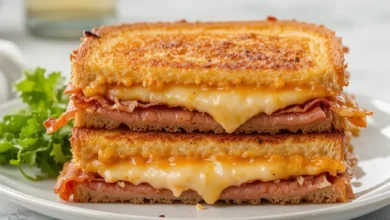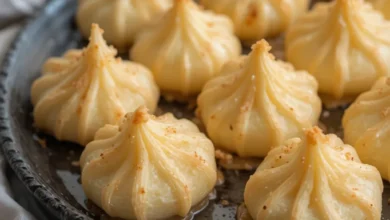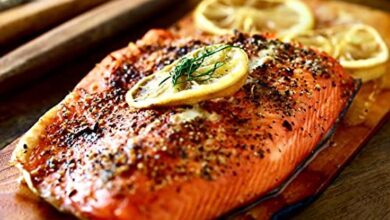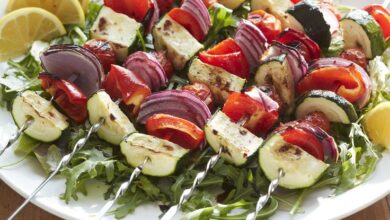Two Irresistible Recipes: Carrot Cake Truffles & Perfect Baked Chicken
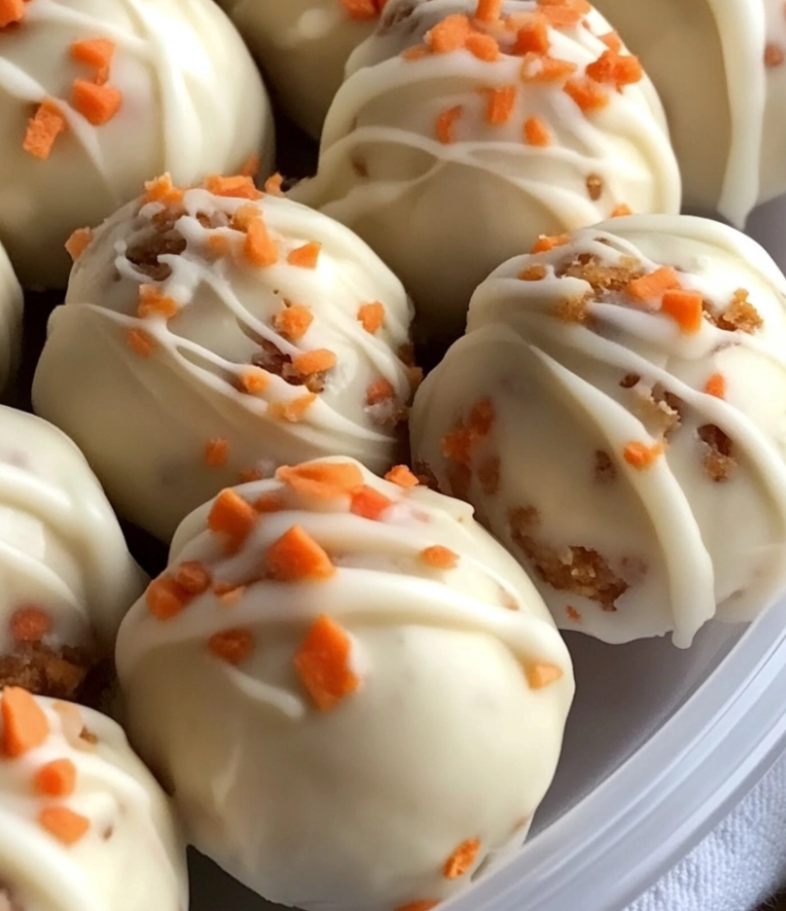
Craving something sweet but don’t want to commit to a full-sized cake? Need a reliable, healthy, and utterly delicious main course for dinner? You’ve landed on the right page. Today, we’re exploring two culinary worlds: the no-bake, bite-sized delight of Carrot Cake Truffles and the classic, juicy perfection of a Baked Chicken Recipe. One satisfies your dessert cravings with a wholesome twist, the other delivers a protein-packed staple that never fails to impress. Let’s get cooking!
Recipe 1: Decadent Carrot Cake Truffles (No-Bake)
These Carrot Cake Truffles are a game-changer for dessert lovers. They capture the warm, spiced flavor of a classic carrot cake in a pop-able, creamy truffle form without ever turning on your oven. They’re perfect for parties, lunchboxes, or a secret treat for yourself.
The Story Behind the Bite
The classic carrot cake has a rich history, often dating back to times when sugar was scarce, and sweeteners like carrots were used to add sweetness and moisture to cakes. Our truffles are a modern, deconstructed take on this beloved dessert. By combining the core ingredients into a truffle, we get all the flavor with minimal effort and maximum fun. They are also easily adaptable to be gluten-free, making them a crowd-pleaser for all.
Ingredients for Carrot Cake Truffles
For the Truffle Base:
- 1 cup finely grated carrots (about 2 medium carrots)
- 1 cup Medjool dates, pitted (soaked in warm water for 10 minutes if not soft)
- 1 cup raw walnuts or pecans
- ½ cup rolled oats (use gluten-free if needed)
- 1 teaspoon ground cinnamon
- ¼ teaspoon ground nutmeg
- ⅛ teaspoon ground ginger
- 1 teaspoon pure vanilla extract
- A pinch of sea salt
For the Coating:
- ½ cup desiccated coconut
- 1 tablespoon maple syrup or honey (optional, for toasting)
- Alternative Coating: ½ cup finely chopped walnuts or pecans, or 200g melted white or dark chocolate.
Cooking Method: How to Make Carrot Cake Truffles
Step 1: Prepare the Carrots
Wash, peel, and finely grate the carrots. Using the fine side of your grater is crucial here, as large shreds will make it difficult for the truffles to hold their shape. Once grated, place them on a clean kitchen towel and squeeze out as much excess moisture as possible. This step is the secret to a firm, non-watery truffle.
Step 2: Process the Base
In a food processor, combine the raw walnuts (or pecans) and rolled oats. Pulse until they form a coarse meal. Add the soft, pitted dates, the squeezed grated carrots, cinnamon, nutmeg, ginger, vanilla extract, and salt. Process until the mixture comes together into a sticky dough that you can pinch between your fingers. It should hold its shape easily.
Step 3: Chill the Dough
Transfer the mixture to a bowl, cover it, and refrigerate for at least 30 minutes. Chilling firms up the fats from the nuts, making the dough much easier to roll.
Step 4: Prepare the Coating
- For Toasted Coconut: While the dough chills, toast the desiccated coconut in a dry skillet over medium heat for 2-3 minutes until fragrant and lightly golden. Drizzle with a tiny bit of maple syrup for extra flavor and crunch, stir for another minute, then transfer to a plate to cool.
- For Nut Coating: Simply place the finely chopped nuts on a separate plate.
- For Chocolate Coating: Melt the chocolate in a double boiler or in 20-second bursts in the microwave, stirring between each burst until smooth.
Step 5: Roll and Coat
Remove the dough from the refrigerator. Using a small cookie scoop or a tablespoon, portion out the dough and roll it into tight, smooth balls (about 1-inch in diameter).
- Roll the balls in the toasted coconut or chopped nuts until fully coated.
- For chocolate coating, use a fork to dip each ball into the melted chocolate, tap off the excess, and place on a parchment-lined tray.
Step 6: Set and Serve
Place the finished truffles on a parchment-lined baking sheet and refrigerate for another 15-20 minutes to set completely. Store in an airtight container in the refrigerator for up to one week.
Recipe 2: The Ultimate Juicy Baked Chicken Recipe
This baked chicken recipe is your new best friend in the kitchen. It’s simple, healthy, and consistently produces tender, flavorful, and juicy chicken. We’ll use a whole chicken, but the seasoning principles apply perfectly to chicken pieces as well.
Why Baking is a Superior Cooking Method
Baking, or roasting, a chicken is a hands-off method that yields incredible results. The dry, circulating heat of the oven crisps the skin to a golden brown while sealing in the natural juices of the meat. Unlike boiling or steaming, baking creates a complex flavor profile through the Maillard reaction—the chemical process that gives browned food its distinctive, savory taste.
Ingredients for Baked Chicken
- 1 whole chicken (3-4 lbs / 1.5-2 kg), giblets removed
- 2 tablespoons olive oil or melted butter
- 1 ½ teaspoons salt
- 1 teaspoon black pepper
- 1 teaspoon garlic powder
- 1 teaspoon paprika (smoked paprika for a deeper flavor)
- ½ teaspoon dried thyme or rosemary
- 1 lemon, halved
- 1 head of garlic, halved horizontally
- 1 small onion, quartered
- Fresh herbs like rosemary and thyme (optional)
Cooking Method: How to Bake Chicken Perfectly
Step 1: Preparation is Key
Preheat your oven to 425°F (220°C). Take the chicken out of the refrigerator about 20-30 minutes before cooking to allow it to come closer to room temperature; this promotes even cooking.
Pat the chicken completely dry, inside and out, with paper towels. This is the most critical step for achieving crispy skin. Moisture is the enemy of crispiness.
Step 2: Season Generously
Place the chicken in a roasting pan or an oven-safe skillet, breast-side up. Drizzle it with olive oil or brush it with melted butter, making sure to cover the entire surface.
In a small bowl, mix the salt, pepper, garlic powder, paprika, and dried herbs. Sprinkle this seasoning blend evenly all over the chicken, including underneath the wings and legs. Don’t be shy!
Step 3: Stuff the Cavity
Stuff the chicken cavity with the halved lemon, halved garlic head, quartered onion, and any fresh herbs you’re using. This isn’t just for flavoring the meat from the inside; the steam from these aromatics will keep the breast meat incredibly moist and juicy.
Step 4: Truss and Bake
Truss the chicken by tying the legs together with kitchen twine. This helps the chicken cook evenly, ensuring the legs and breast finish at the same time.
Place the chicken in the preheated oven and roast for 50-75 minutes. The cooking time depends on the size of your chicken. A 3-lb chicken will typically take around 50-60 minutes.
Step 5: Check for Doneness
The most accurate way to check for doneness is with a meat thermometer. Insert it into the thickest part of the thigh (without touching the bone). The internal temperature should read 165°F (74°C). The juices should also run clear when you pierce the thigh.
If the skin is browning too quickly, you can tent the chicken loosely with aluminum foil.
Step 6: The Final, Crucial Step – Rest!
Once done, remove the chicken from the oven. Transfer it to a cutting board and let it rest for at least 10-15 minutes before carving. This allows the muscle fibers to relax and reabsorb all the juices. Cutting into it immediately will cause all those precious juices to spill out, leaving you with drier meat.
Conclusion: Your New Go-To Recipes
From the sweet, spiced bliss of our no-bake Carrot Cake Truffles to the savory, satisfying perfection of our Juicy Baked Chicken, these two recipes are sure to become staples in your home. One offers a creative, healthy-ish dessert option, while the other provides a fundamental cooking technique that will serve you for a lifetime. So, preheat your oven for that chicken, and get your food processor ready for the truffles—a world of deliciousness awaits
